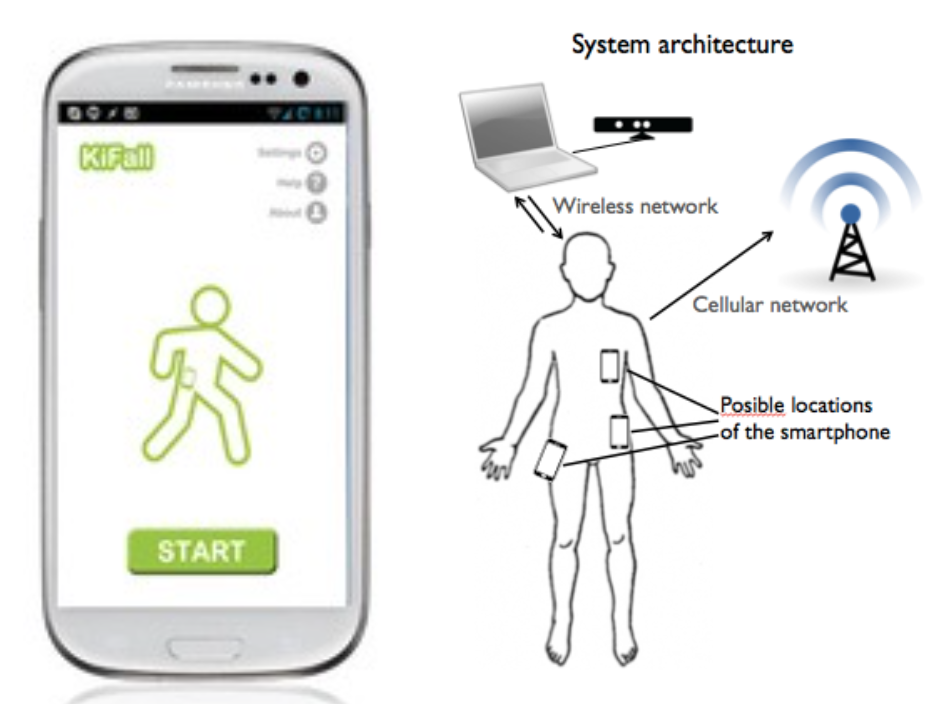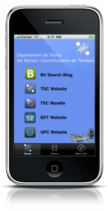RSVPKeyboard™: An EEG-based Typing Interface
People with severe speech and physical impairments can benefit from a direct brain computer interface for their communication needs. This project consist on an AAC interface using noninvasive EEG sensors to infer the user's intent regarding desired letters and symbols during text generation. The designed RSVP Keyboard system utilize rapid serial visual presentation of letter sequences coupled with probabilistic and adaptive open vocabulary language models and EEG signal processing and classification algorithms. The designed brain interface relies on event related potentials including the P300 signal. The project design tightly couples feedback from locked-in consultants who test the system design at regular intervals and provide critical feedback for future design improvements.
Auditory BCI for Binary Communication
Brain computer interface (BCI) systems provide a means of communication for people affected by severe speech and motor disabilities. In this project we are developing a BCI system with auditory stimuli for binary communication ("yes"/"no", "left"/"right", "radio"/"tv"...). Our work includes the design of an ERP-based paradigm using voices of the words "yes" and "no" and the algorithms that enable offline and online classification. Preliminary results show EEG separability between intended (eg: "yes") and unintended (eg: "no") choices which makes the system suitable for binary selection.
Affective BCI: Emotion Recognition using EEG Signals
Emotion recognition is one of the most challenging tasks in affective computing. Recently, there is a growing interest on detecting affect states in the Brain-Computer Interface research community. In contrast to other studies, we put participants into an active task asking them to play a game. With the designed experiment, we ensure a higher elicitation of emotions than watching videos, images or listening to music as other studies do. Using the EEG collected during the game and the participant's self-reports for valence and arousal we undertook several analysis to classify basic emotions by using the arousal and valence dimensions. Particularly, we analyzed the correlation between valence/arousal and EEG signals in the temporal and spectral domain by computing the energy for different frequency bands.
KiFall: a privacy preserving fall detection system using smartphones and wireless camera sensors

The occurrence of a gait imbalance or a sudden fall while walking signals a larger health issue for at-risk populations, such as seniors, patients convalescing from brain strokes, among others. In this work we propose a fast, privacy-preserving fall monitoring framework using an Android-based smartphone and the Microsoft's Kinect sensor.
Thesis
Source codes: Android app, Kinect app, TCP server
Technologies: Android, Kinect, Matlab, TCP Server, wereable sensors
Programming languages: Java, C#
Keywords: body area networks, mHealth, computational sensing, statistical data analysis, framework development, client-server architecture
Video on Demand Service for the iPhone

Smartphones are remarkably changing our world. Currently, most of tv broadcasting companies, content providers, and video-sharing websites are developing Video-on-Demand (VoD) and Live Streaming mobile applications. In this work we developed a VoD service for the iPhone that enables live video streaming over the Apple's HTTP Live Streaming protocol.
Thesis (catalan)
Slides (catalan)
Blog posts on Bitsearch (english)
Video demo
Source codes: iPhone app, Streaming Video Server
Technologies: iOS, streaming video server, MySQL, HTTP Live Streaming protocol
Programming languages: Objective-C, XML, PHP, Bash
Keywords: client-server architecture, mobile application development, video streaming, VoD, video protocols, wireless communications